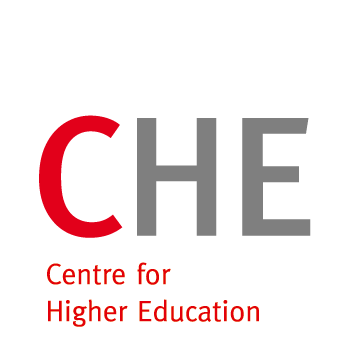 Foto: Juraj Varga / Pixabay, Montage: CHE
Foto: Juraj Varga / Pixabay, Montage: CHELast year, the number of first-time student loans regained the level of 2015 for the first time. However, an evaluation conducted as part of the CHE Student Loan Test 2021 shows that this increase is primarily due to international students, who were able for the first time to temporarily take out a state KfW Student Loan in the context of the coronavirus emergency assistance provided by the Federal Government.
Some 90,000 students in Germany currently receive money from a student loan or education fund. While the number of new student loans taken out fell by almost half between 2014 and 2019, the figure rose sharply again last year. With a jump from 33,000 (2019) to 53,000 (2020), the number of new loans has returned to the 2015 level for the first time. As a result, three per cent of all students in Germany currently make use of a student loan.
The surge in sales of the government-funded KfW Student Loan is mainly responsible for this development. Being the market leader, this loan accounts for more than three-quarters of all new contracts. The number of students who opted for a KfW Student Loan in 2020 (40,000) was more than twice as high as in the previous year (18,000).
The reasons for this increase include the modified terms of the state-funded product, implemented in the wake of the Federal Government’s coronavirus emergency assistance adopted in May and July 2020. One such amendment was the ability to take out a KfW Student Loan interest-free until the end of 2021.
However, an evaluation conducted by CHE as part of the CHE Student Loan Test 2021 shows that the increase in student loans is primarily due to international students, who were able for the first time to temporarily take out a KfW Student Loan. Around 16,000 international students made use of this opportunity. In 2020, they accounted for 30 per cent of all new students loans.
“Under coronavirus emergency assistance, the aim of the KfW Student Loan was to offer a state alternative to all those who are not eligible for a student grant (BAföG) or for interim financial aid, which is found to be relatively bureaucratic. But it turns out that the figures on KfW Student Loans are flimsy,” summarised Ulrich Müller. “More than 70 per cent of the increase in new KfW contracts is due to the one-off effect of international students. This means that even in the biggest crisis since WWII, KfW Student Loans only managed to attract a very limited number of new customers among German students,” opined the Head of Policy Studies at the CHE Centre for Higher Education.
One reason for this could be that the KfW interest rate of 3.91 per cent, which is expected to apply again for all students from January 2022 and also applies to the entire repayment phase, is among the highest of all student loans in the test, remarked Müller.
Apart from the two state-run offers, which also include the training loan provided by the Federal Office of Administration, university-specific education funds in particular were able to gain ground last year. Around 2,000 students currently make use of the option provided by the Studierendengesellschaft Witten-Herdecke. A further 760 students use the service offered by Chancen eG, which also enables the Income Share Agreement model from Witten-Herdecke to be applied at other university locations.
Overall, the CHE Student Loan Test 2021 assessed all of the standard offers as reliable and well designed. Many of the 51 student loans and education funds tested gained top marks in several of the five assessment categories (access, volume, costs, risk mitigation and flexibility).
According to the survey of loan providers conducted by the CHE Centre for Higher Education, banks, loan associations and education funds currently pay out around €48 million to students each month − an average of €528 per person.
About the CHE Student Loan Test:
The CHE Student Loan Test 2021, developed in collaboration with Handelsblatt, was published this year for the sixteenth time. Using 21 individual criteria, it assesses the advantages and disadvantages of 51 student loans that are currently on offer. The test is based on information given by the loan providers. The wide range of detailed information provided in the publication gives students and prospective students a transparent overview of the market. In addition, students can use tables to calculate their individual requirements. The CHE Student Loan Test is freely available at www.che-studienkredit-test.de.
